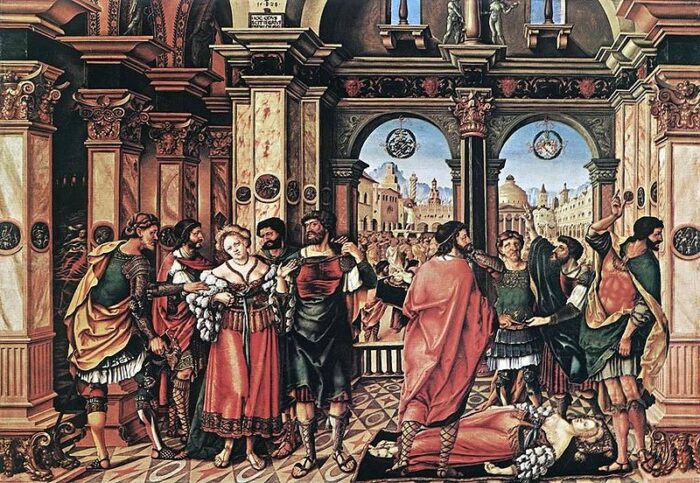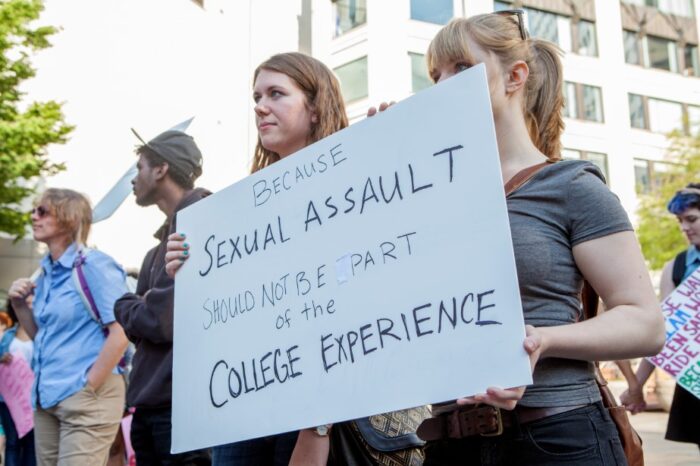
Sexual assault laws have been an intrinsic part of societies for millennia, evolving continuously to mirror changing social norms and values. Understanding their progression is not merely an academic pursuit, but a reflection on society’s shifting perceptions of right and wrong.
As such, it provides invaluable insights into how societies have historically treated victims of sexual assault, and how this treatment has progressed – or sometimes regressed – over time. The way these laws are crafted and implemented offers a direct glimpse into the cultural, political, and moral dynamics of an era. Today, as the discourse around sexual assault grows more potent, understanding this historical evolution has never been more pressing.
This article traces the trajectory of sexual assault laws, from the early codifications in ancient civilizations to the present-day reforms catalyzed by global movements. We’ll explore how these laws have metamorphosed, the societal factors that precipitated these changes, and the ongoing challenges in creating a universally just legal framework for victims.
The overarching aim is to emphasize that, while significant strides have been made, there is an enduring need for society to continually evaluate and adjust its legal protections for victims in the constantly evolving concept of human rights and justice.
Ancient and Medieval Perspectives

Sexual assault laws and the practice of a sexual assault lawyer can be traced back to ancient times. As one of the oldest known legal documents, the Code of Hammurabi from ancient Babylon outlined certain regulations around sexual crimes, highlighting societal values of the time. Both Ancient Rome and the Vedic scriptures of ancient India had their distinct legal definitions and consequences for sexual assault, reflecting their unique cultural and societal structures.
The nature of punishments and restitution for sexual assault underwent significant changes during Medieval times, often influenced by the prevailing socio-political order. Europe’s feudal systems introduced a hierarchical approach to justice. Landlords and their vassals determined and executed punishments for these types of crimes. The Church exerted a considerable influence over legal and moral judgments. Its teachings, interpretations, and ecclesiastical courts shaped the way sexual assault was viewed and adjudicated, often intertwining spiritual salvation with justice.
The Renaissance to Enlightenment Era
This era, marked by a renewed interest in science, art, and human potential, also brought forth a reevaluation of the individual’s place in society. The period witnessed a notable departure from traditional beliefs, emphasizing instead the value and rights of the individual. This shift was not just philosophical but had real-world implications for laws, including those related to sexual assault. The idea that every person had inherent rights led to more humane and just treatments of victims, with the law increasingly reflecting the significance of individual consent and autonomy.
As a response to these evolving societal values, several legal documents and treaties were drafted during this era to specifically address sexual assault. These documents, shaped by Enlightenment thinkers and progressive leaders, aimed to provide clearer definitions, protections, and penalties concerning sexual assault, establishing a foundation upon which modern legal systems would further build.
The 19th Century ─ Industrialization and Urbanization

The 19th century marked a significant period of rapid urbanization and industrialization, with large populations migrating to urban centers. This shift led to various societal challenges, including a rise in crime rates. As cities grew, they became hotbeds for anonymity, leading to complexities in monitoring and adjudicating crimes, including sexual assault. Unfortunately, this era also witnessed an increase in victim blaming, often as a societal mechanism to deal with the unsettling rise in reported assaults.
In response to the growing awareness of sexual crimes and the evident gaps in the legal system, the 19th century saw the nascent stages of movements advocating for the rights and protection of victims. Grassroots organizations, women’s rights advocates, and progressive thinkers began to challenge prevailing norms and campaigned for reforms. Their efforts laid the groundwork for more victim-centered approaches in legal and societal aspects.
The 20th Century ─ Awakening and Reformation
The 20th century heralded the rise of the Feminist movement, a force that dramatically reshaped the discourse around gender rights and equality. As feminists challenged societal norms, they brought significant attention to the issue of sexual assault, emphasizing the inadequacies of existing laws. Their activism and advocacy led to more victim-centric laws, the recognition of marital rape, and a shift in societal perceptions, thereby reshaping the legal functions related to sexual assault.
Recognizing the profound trauma sexual assault victims endured, the 20th century also saw the establishment of dedicated support systems, such as rape crisis centers and hotlines. These resources aimed to provide immediate aid, counseling, and legal guidance to victims. The inception of such centers marked a significant step towards acknowledging the holistic needs of survivors, ensuring they received both emotional and legal support in their healing journeys.
The 21st Century

The #MeToo movement, initiated in the early 21st century, quickly transformed into a global phenomenon. This powerful social campaign allowed survivors of sexual assault and harassment to share their stories, shedding light on the pervasive nature of the issue across industries and cultures. Beyond raising awareness, the movement spurred tangible changes in workplace policies, legal reforms, and societal attitudes toward survivors and perpetrators.
The evolution of sexual assault laws, from ancient civilizations to the modern digital age, reflects the complex interplay of societal values, cultural beliefs, and the ceaseless quest for justice. As we’ve traversed through centuries, movements like #MeToo and advances in education underline the collective endeavor to better protect victims and address this grave issue. While significant progress has been made, the global disparities in laws and cultural perceptions emphasize the continuous need for education, dialogue, and reform to ensure a safer future for all.








